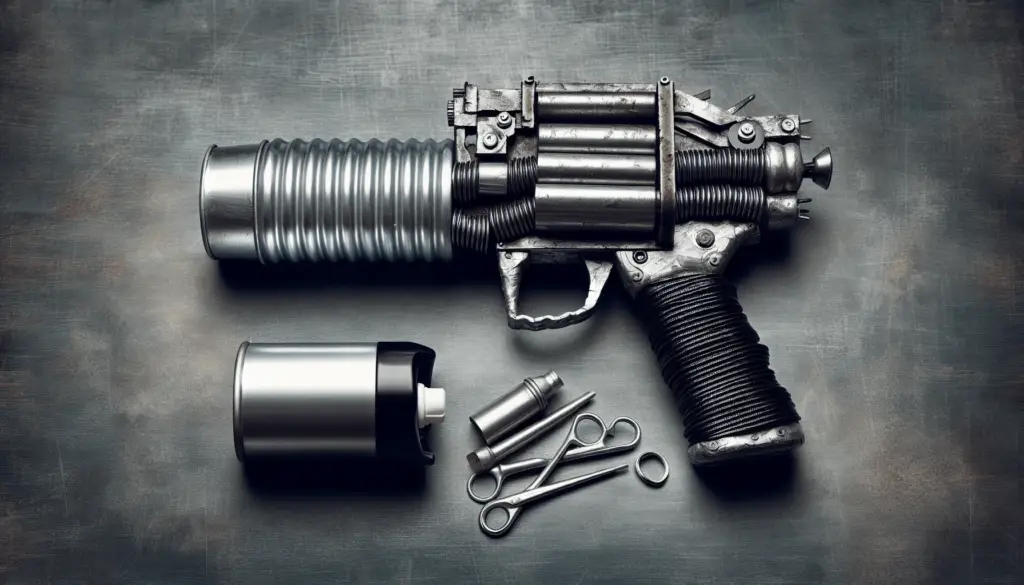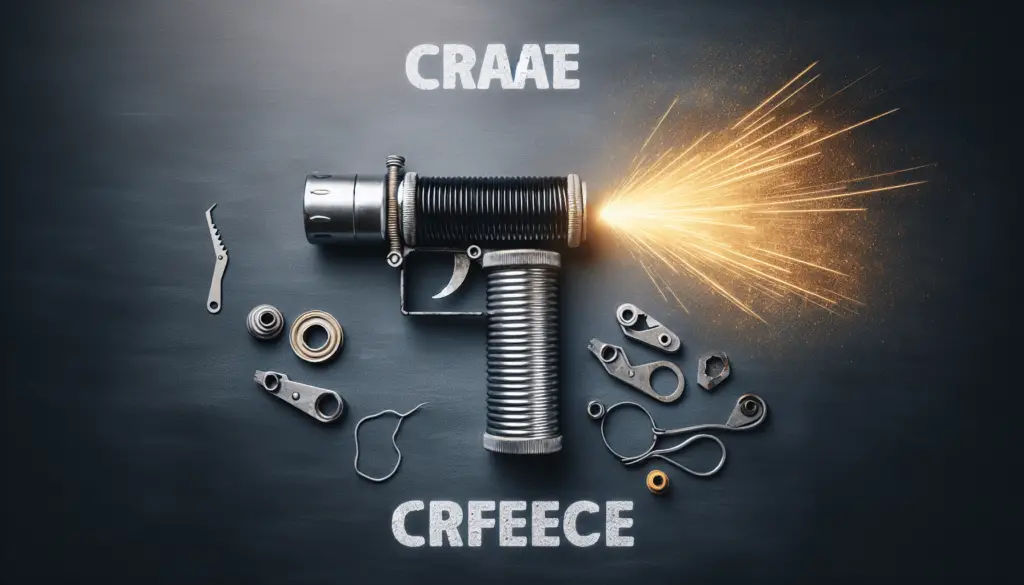Welcome to your guide on the best homemade weapons for self-defense. In times of need, having a few items on hand that can help protect yourself can provide a sense of security. From makeshift pepper spray to improvised stun guns, this article will explore various ways you can create your own DIY self-defense tools using common household items. Stay safe and prepared with these easy and effective homemade weapons at your disposal. Have you ever felt the need to protect yourself in a dangerous situation but didn’t have access to traditional self-defense weapons? In this article, you will learn about the best homemade weapons for self-defense that you can easily make with everyday items found around your home. From improvised weapons to creative tools, you’ll discover effective ways to stay safe and defend yourself in times of need.
Improvised Weapons: Using Everyday Items for Self-Defense
When you find yourself in a threatening situation without a traditional self-defense weapon, it’s crucial to be resourceful and use what you have at your disposal. Improvised weapons are everyday objects that can be turned into powerful tools for self-defense. From keys and pens to umbrellas and even a rolled-up magazine, these items can help you deter an attacker and protect yourself.
Keys: A Simple Yet Effective Self-Defense Tool
One of the most common improvised weapons for self-defense is a set of keys. When held between your fingers in a fist, keys can be used to strike an attacker’s eyes, throat, or other vulnerable areas. The sharp edges of the keys can cause significant pain and injury, making it an effective tool for defending yourself.
Pen: A Writing Utensil Turned Weapon
Another everyday item that can be used for self-defense is a pen. A sturdy pen can be used to stab or strike an attacker, causing pain and creating an opportunity for you to escape. Keep a pen with a durable body and pointed tip in your pocket or bag for quick access in case of an emergency.
Umbrella: A Dual-Purpose Protective Tool
An umbrella is not just for shielding you from the rain – it can also be a useful self-defense weapon. The pointed end of an umbrella can be used to jab or strike an attacker, providing a safe distance between you and the threat. Additionally, you can use the canopy of the umbrella to block incoming attacks or create a barrier between you and the attacker.
Rolled-up Magazine: A Surprising Self-Defense Tool
Believe it or not, a rolled-up magazine can be an effective improvised weapon for self-defense. By tightly rolling a magazine, you create a hard and compact object that can be used to strike an attacker. The firm surface of the magazine can deliver a powerful blow, giving you a chance to escape and seek help.
Creative Tools: DIY Weapons for Self-Defense
In addition to everyday items used as improvised weapons, there are also creative tools that you can make at home to enhance your self-defense capabilities. These DIY weapons are easy to assemble and can provide you with an added layer of protection in dangerous situations. From pepper spray to a homemade taser, these creative tools can help you defend yourself effectively.
Pepper Spray: A Homemade Deterrent for Attackers
Pepper spray is a common self-defense tool that can be made at home using simple ingredients. To create a homemade pepper spray, mix equal parts of hot pepper powder and water in a spray bottle. When sprayed on an attacker, the spicy mixture can irritate their eyes, nose, and skin, giving you time to escape safely.
Slingshot: A Projectile Self-Defense Weapon
A slingshot is a DIY weapon that can be used to launch small projectiles at an attacker from a distance. To make a homemade slingshot, you’ll need a forked stick, rubber bands, and a small pouch to hold the projectile. By pulling back on the rubber bands and releasing them, you can propel rocks, marbles, or other small objects towards the attacker, providing a non-lethal yet effective means of self-defense.
Homemade Taser: A Shocking Self-Defense Device
A homemade taser is a more advanced DIY self-defense weapon that can deliver an electric shock to an attacker. To make a basic homemade taser, you’ll need a disposable camera, a few wires, and a metal prong. By disassembling the camera and repurposing its components, you can create a device that generates a high-voltage electric shock when activated, immobilizing the attacker temporarily.

Self-Defense Strategies: Staying Safe in Dangerous Situations
While having homemade weapons for self-defense can be helpful, it’s equally important to remember that prevention and avoidance are crucial aspects of staying safe in dangerous situations. Developing self-defense strategies and techniques can empower you to protect yourself effectively and confidently in the face of potential threats. From situational awareness to verbal de-escalation, these strategies can enhance your personal safety and security.
Situational Awareness: Key to Self-Defense
Situational awareness is a critical self-defense skill that involves being alert and attentive to your surroundings at all times. By staying aware of potential threats and dangers, you can identify and avoid risky situations before they escalate. Practice scanning your environment, avoiding distractions, and trusting your instincts to stay safe and secure in any setting.
Verbal De-Escalation: Diffusing Conflict with Words
Verbal de-escalation is a valuable technique for resolving conflicts and defusing tense situations without resorting to physical force. By using calm and assertive communication, you can express your boundaries and intentions clearly to an aggressor, potentially preventing an altercation from turning violent. Practice active listening, empathy, and conflict resolution skills to communicate effectively and resolve conflicts peacefully.
Physical Self-Defense: Techniques for Protecting Yourself
Physical self-defense techniques are essential skills that can help you defend yourself effectively in a threatening situation. From basic strikes and blocks to more advanced grappling and joint locks, these techniques can incapacitate an attacker and create an opportunity for you to escape and seek help. Practice self-defense drills, attend classes, and seek guidance from experienced instructors to learn and master these valuable skills.
Escape and Evasion: Getting Away Safely
Escape and evasion are fundamental strategies for self-defense that focus on removing yourself from a dangerous situation as quickly and safely as possible. If confronted by an attacker, prioritize escaping to a safe location rather than engaging in a physical confrontation. Use distractions, diversions, and obstacles to create opportunities for escape, and remember that your safety is the top priority in any self-defense scenario.
Conclusion: Empowering Yourself with Homemade Weapons for Self-Defense
In conclusion, having homemade weapons for self-defense can provide you with an added layer of protection and confidence in dangerous situations. By using improvised weapons and creative tools, as well as developing self-defense strategies and techniques, you can empower yourself to stay safe and secure in any environment. Remember to prioritize prevention, avoidance, and de-escalation when faced with potential threats, and always prioritize your safety and well-being above all else. Stay prepared, stay vigilant, and stay safe.

